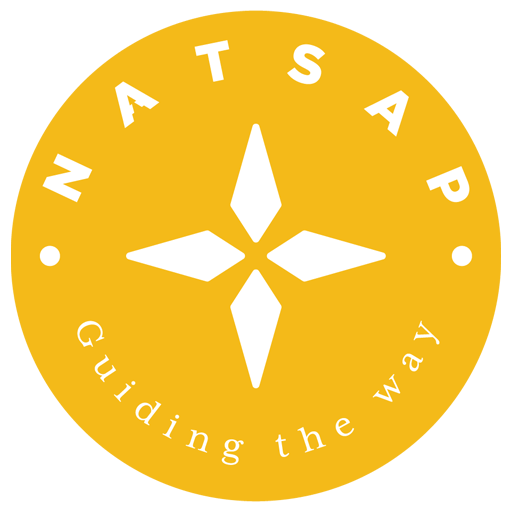Diversity, Equity, and Inclusion
NATSAP is an association that has formed a community of individuals dedicated to the healthy growth, learning, motivation, and personal well-being of program participants. As such, we are constantly looking for ways to improve ourselves and our services to our clients, families, and students. Many of us have recognized that Justice, Equity, Diversity and Inclusion (JEDI) are integral to our mission. NATSAP strives to be a catalyst for members of our community on this JEDI journey, by serving as both a resource and a platform for conversation to promote greater awareness and growth under the diversity umbrella.
Resources
The NATSAP DEI Committee has provided a list of resources to members who are needing guidance on where to start. One of the things members should be conscious of is that research never stops. These are good reference points to begin, but there is so much more out there. NATSAP encourages members to use this list as a starting point.
Resources can include books, podcasts, videos, and conversations with family, friends, and co-workers. Having discussions with people in your communities, both personal and professional, is a great way to spread healing ideas and listen to others’ perspectives. Through these conversations you can share knowledge and thoughts with each other, some of which might challenge your perspective. It's important to check in with yourself and reflect on these new concepts and how they land with you knowing that we are all in this together.
DEI Buzzword Definitions
- BILAPOC: Black Indigenous Latino Asian People Of Color
- *The root in initialism is POC, for People of Color
- The term was created to promote solidarity and to acknowledge some commonalities shared by non-white people in the United Sates.
- Intersectionality: Recognizing the various diversity of identities a person can hold
- The idea was introduced to recognize that when it comes to thinking about how inequalities persist, categories like gender, race, and class are best understood as overlapping and mutually constitutive rather than isolated and distinct.
- Ally: A person who is not a member of a said marginalized group, but expresses support for and acknowledges the oppression of that group (applies in terms of multiple identities such as race, gender, age, ethnicity, sexual orientation, religion, etc.)
- An ally also commits to actively reducing their complicity in the oppression of that group and invests themselves in strengthening the knowledge/awareness of that oppression
- Bias: A personal and sometimes unreasoned prejudice that results from our tendency to classify individuals into categories
- Implicit Bias: Negative associations expressed automatically that people unknowingly hold and that affect our understanding, actions, and decisions; also known as unconscious or hidden bias.
- Microaggressions: Everyday, subtle, verbal, behavioral, or environmental indignities, whether intentional or unintentional, that communicate hostile, derogatory, or negative slights and insults toward people of color.
- Privilege: a right or immunity granted to a particular identity
- Typically applies to an identity that is part of a dominant social group
- Justice: Dismantling barriers to resources and opportunities in society so that all individuals & communities can live a full & dignified life. These barriers are essentially the “isms” in society: racism, classism, sexism, etc.
- Racial justice is the systematic fair treatment of people of all races that results in equitable opportunities and outcomes for everyone. All people are able to achieve their full potential in life, regardless of race, ethnicity or the community in which they live.
- Equity: The fair treatment, access, opportunity and advancement for all people, while at the same time striving to identify and eliminate barriers that have prevented the full participation of some groups
- The principle of equity acknowledges that there are historically underserved and underrepresented populations and that fairness regarding these unbalanced conditions is needed to assist in the provision of adequate opportunities to all groups.
- Equity recognizes that advantages and barriers—the ‘isms’—exist. Equity is the approach & equality is the outcome.
- Equality vs. Equity: Equity involves trying to understand and give people what they need to enjoy full, healthy lives. Equality, in contrast, aims to ensure that everyone gets the same things in order to enjoy full, healthy lives. Like equity, equality aims to promote fairness and justice, but it can only work if everyone starts from the same place and needs the same things.
- Diversity: Socially, it refers to the wide range of identities. A broad includes race, ethnicity, gender, age, national origin, religion, disability, sexual orientation, socioeconomic status, education, marital status, language, veteran status, physical appearance, etc. It also involves different ideas, perspectives, and values
- Inclusion: The act of creating environments in which any individual or group can be and feel welcomed, respected, supported and valued as a fully participating member. An inclusive and welcoming climate embraces differences and offers respect in words and actions for all people.
- More than simply diversity and numerical representation, inclusion involves authentic and empowered participation and a true sense of belonging.
